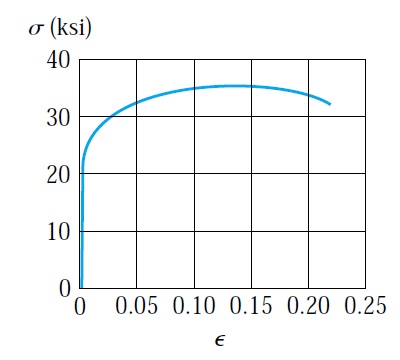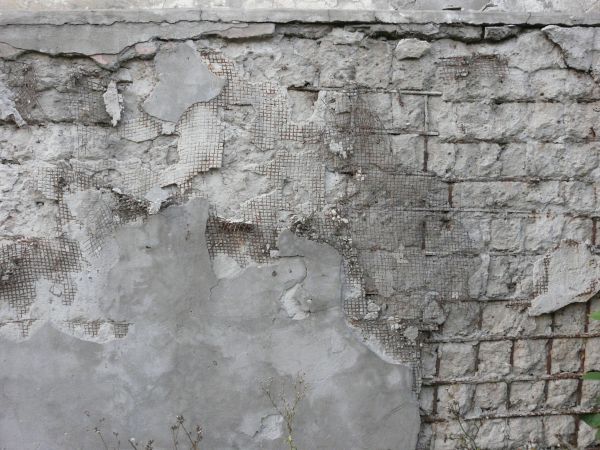prestressing equipment

Jacks are essential tools in prestressing operations and are used to apply tension to strands within tendons. There are two main types of jacks: A. Mono-Strand Jack A mono-strand jack is primarily used in building construction, where tendons typically consist of a small number of strands (usually 3 to 4). This type of jack is designed to stress each strand individually, ensuring precise control over the tensioning process. Since buildings generally have shorter tendons compared to bridges, stressing strands one by one is a practical and efficient approach in this context. construction management: concrete construction bridge construction:How to become a bridge engineer B. Multi strands jack: In bridge construction, where tendons contain a significantly larger number of strands, using a mono-strand jack would be impractical. Stressing strands one by one in such cases would not only be time-consuming but also increase the risk of strand entrapment. Ther...


















